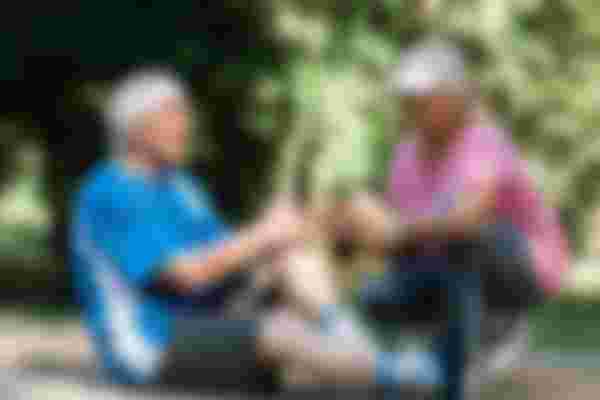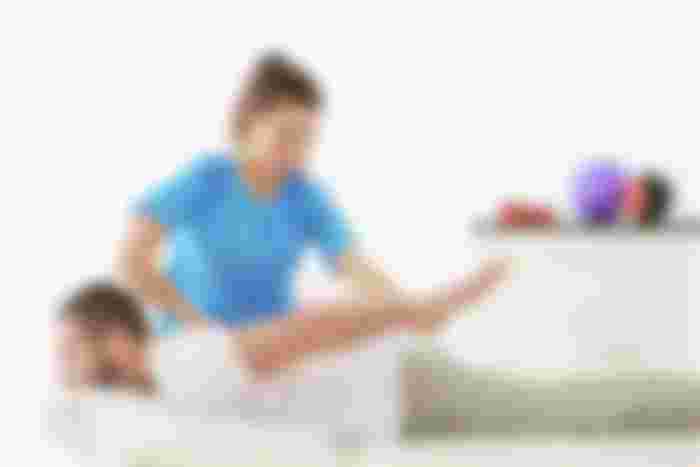Bone spurs in normal life refer to bone aging leading to the hardening and hyperplasia of bone.Bone spurs mostly occur in the body's weight-bearing joints, such as the knee, calcaneus, and lumbar spine. These parts are chronically worn due to excessive joint burden. In order to improve and maintain the stability of the body, the area of contact is increased through the bone hyperplasia to reduce the joint Further damage to cartilage.
Bone spurs do not need treatment when they have no symptoms, but when bone spurs cause obvious pain, difficulty walking, and numbness of the limbs, they need treatment.

Some people in life feel that after bone spurs grow on their knees, they can wear away protruding bone spurs by walking more. This approach is very incorrect, because excessive exercise will increase the burden on the bones and joints, increase the wear and tear on the articular surface and local inflammation, resulting in increased pain, so it is not feasible to wear off the spurs by walking hard.
So if bone spurs grow and there are obvious symptoms of pain and joint stiffness, what should be done scientifically and effectively? The doctor will tell you what to do next.

First, moderate exercise and weight control
Patients with bone spurs usually need moderate exercise, such as walking, yoga, health exercises, swimming and other more moderate exercise methods, which can promote bone metabolism, increase blood circulation of joints and muscles, avoid joint stiffness degradation, increase bone stability .
It should be noted that patients with bone spurs cannot move when the symptoms are serious, and exercise moderately according to their own conditions when the symptoms are mild.
At the same time, excessive body fat will increase the wear of articular cartilage, and poor sitting posture can easily cause uneven stress on the articular surface and induce bone spurs. Scientific and effective weight control can reduce the burden on bones and joints, reduce joint pain, and prevent aggravation of bone spurs.

Second, medication
When patients with bone spurs have obvious knee pain and joint stiffness, it is recommended to take non-steroidal anti-inflammatory drugs for analgesic and anti-inflammatory treatment in combination with oral drugs to protect articular cartilage.However, it should be noted that clinical medication belongs to symptomatic treatment, which can only relieve symptoms, but it cannot fundamentally eliminate bone spurs.

Third, massage
In addition to taking medicines, proper physical therapy can also relieve pain and reduce inflammation and relieve symptoms of bone and joint pain.
Through massage it can improve the local blood circulation of the knee joint, relieve muscle spasm and joint stiffness, and play an analgesic and swelling role.

Normally, middle-aged and elderly people should not be overly nervous as soon as they hear long bone spurs. Moderate exercise, calcium supplementation, physical therapy, and oral anti-inflammatory analgesics can significantly alleviate joint pain caused by bone spurs. If the condition of bone spur is very serious, which has affected the patient's daily walking activities, then consider surgical treatment at this time.





arthritis is the common in knee joint,where inflammation occur and synovial fluid are decreasing.consequently difficulty in walking.